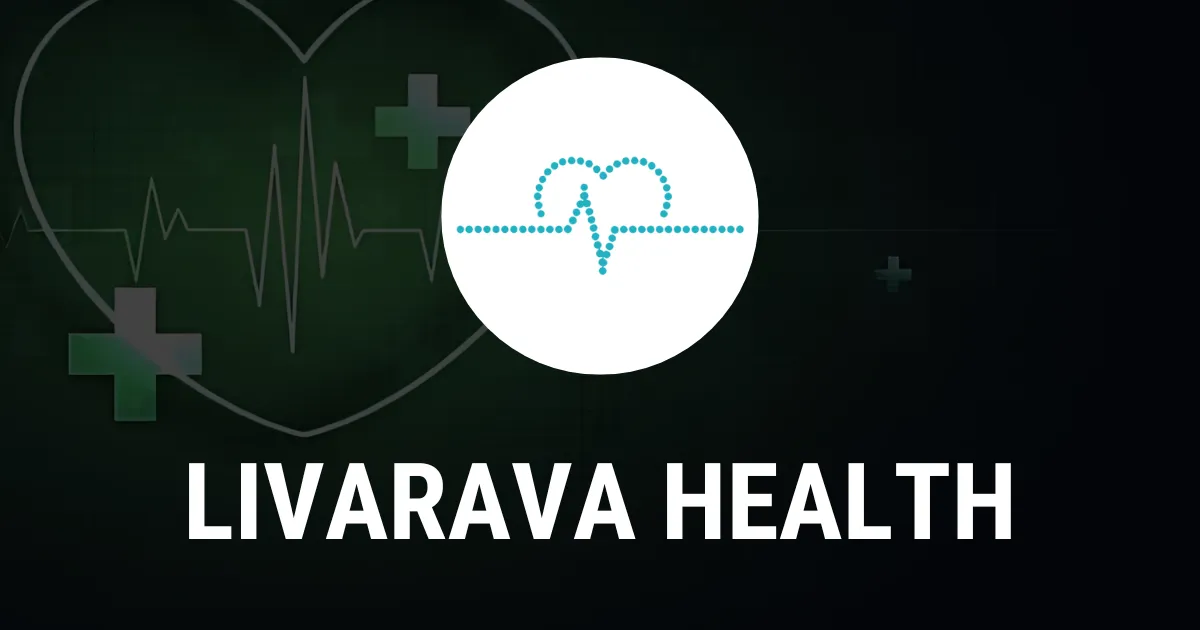Racial Disparity in Births: The Unplanned C-Section Crisis for Black Women in NJ

Racial Disparity in Healthcare
In New Jersey, the statistics reveal a troubling pattern among Black mothers. Specifically, these women are disproportionately affected by unplanned C-sections, experiencing a rate that is 25% higher than their white counterparts, despite having the same healthcare providers.
Underlying Factors
Several elements contribute to this disparity, including access to quality prenatal care and systemic biases present within the healthcare system. Ensuring equitable care is vital for the health of both mothers and their babies.
A Call for Awareness and Change
Addressing racial disparities in maternal health requires community awareness, advocacy, and a commitment to improving healthcare equality. Initiatives aimed at training medical professionals and advocating for policy changes are essential steps towards achieving better health outcomes.
Disclaimer: The information provided on this site is for informational purposes only and is not intended as medical advice. We are not responsible for any actions taken based on the content of this site. Always consult a qualified healthcare provider for medical advice, diagnosis, and treatment. We source our news from reputable sources and provide links to the original articles. We do not endorse or assume responsibility for the accuracy of the information contained in external sources.
This article was prepared using information from open sources in accordance with the principles of Ethical Policy. The editorial team is not responsible for absolute accuracy, as it relies on data from the sources referenced.